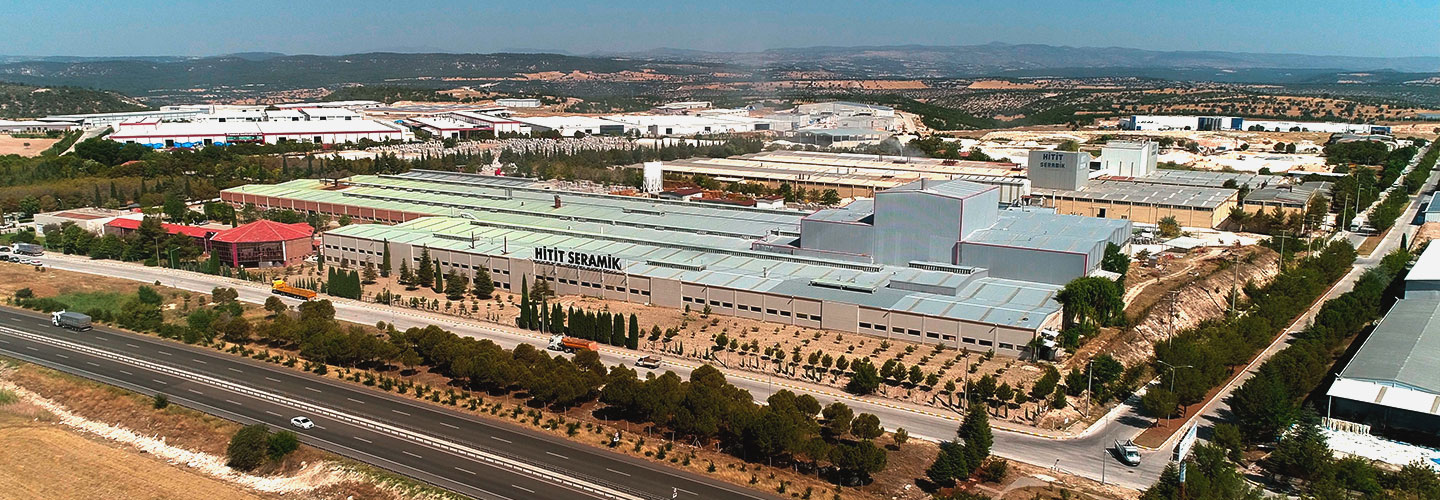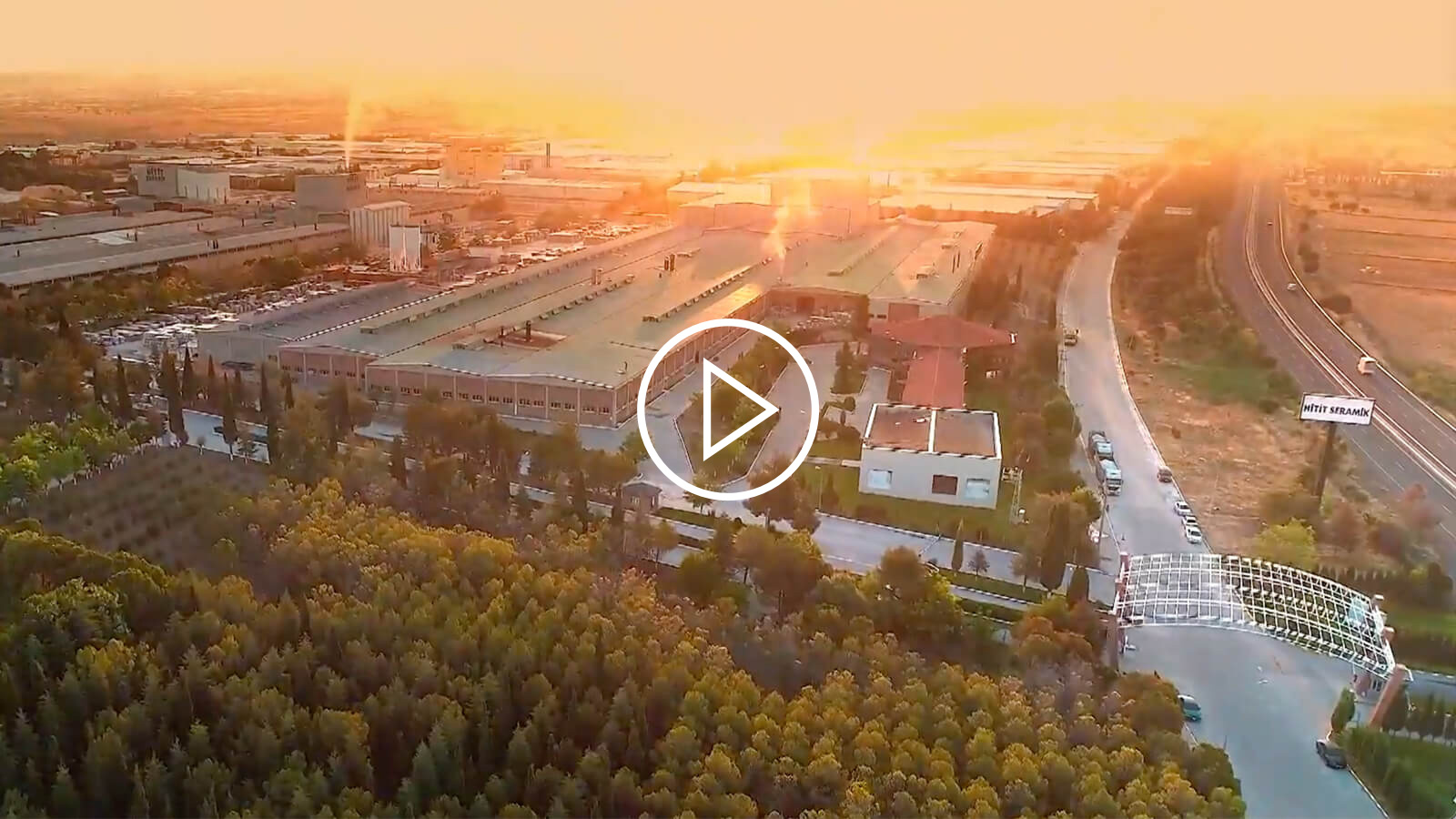About us
The history of Hitit Seramik that always aims to produce and present the cutting edge and bettermost...
Established on October 17, 1989 for the production of Ceramic Floor and Wall Tiles, Hitit Seramik Sanayi ve Ticaret A.Ş. started its activities on February 22, 1991 with a total capacity of 2 million m2 including 1,000,000 m2 Wall Tiles and 1,000,000 m2 Floor Tiles in the first stage on 500,000 m2 land located in Uşak Organized Industrial Zone. Hitit Seramik entered into a rapid growth process as a result of the new investment activities that were accelerated following the installation and production and the production capacity of 10 million m2 was achieved in 76,000 m2 closed factories complex within a short period of time.
Capacity and product type increase was required and so, a decision on new investments made in 2004 and works were started rapidly in the face of domestic and international markets' trust and intense demands of Hitit Seramik products, brand, and quality in the 2000s. 40,000 m2 additional closed factory buildings were built and completed with the company's own resources in a short period of time and 20 million m2 capacity was achieved by reaching to an additional production capacity of 10 million m2.
It was aimed to present new and pioneering products that can be produced with special technologies and machines to Turkey and world markets by conducting extensive researches in investment studies and this has been achieved. Hitit Seramik has become one of the rare production facilities of the world that can produce the most sizes and types of coating materials in a production facility today with the power of its new investments.
These targets of Hitit Seramik, which always aims to produce the cutting edge and the bettermost, were achieved by identifying the needs of the user accurately, capturing innovative and creative approaches to respond to these constantly changing needs, creating a competitive structure within itself, conducting rigorous and forward-looking research in all investments, selecting the right technology and machinery, allocating large financial resources, and exhausting, but tasteful studies.










